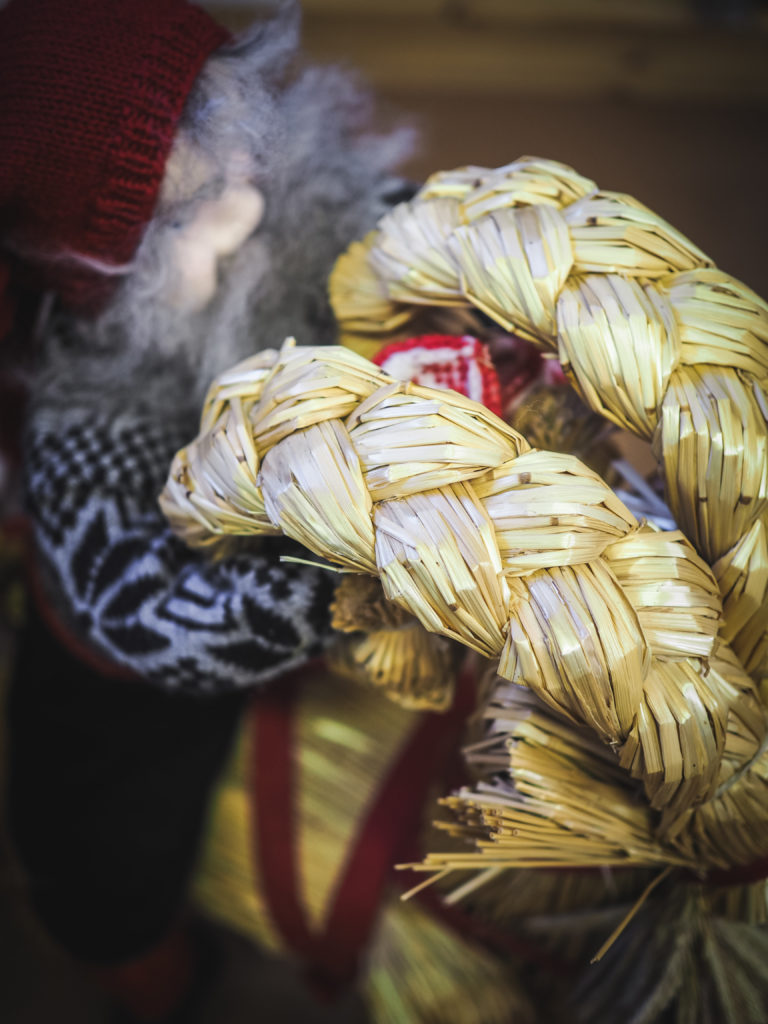
Christmas, known as jul in Norway, is a special time of celebration filled with traditions galore. Lights and candles thwart the darkness from inside while the stars and moon reflect off the white snow illuminating the landscape. Decorations adorn, scents of baked goods and warm spices fill the air, fires are lit, and pepperkaker can be found almost everywhere.
Many of the jul traditions celebrated today have developed and evolved throughout the centuries as Norway itself has developed and evolved. Its early celebrations predate Christianization and were centered around pagan beliefs when yuletide involved drinking and sacrificing animals in honor of Norse gods. With Christianity and other influences, new traditions entered and lines were blurred along the way.
With that said, here’s how to celebrate Christmas like a Norwegian:
Count down the days with Advent
Advent begins on the first Sunday of Advent with a tree lighting (tenning av julegrana) in towns across Norway and is seen as way to kick off the holiday season. Advent stars or Christmas stars are hung in the windows to symbolize the Bethlehem star. Advent candles adorn windowsills and tables.
Advent calendars – or more appropriately Christmas calendars as they begin on 1 December – are incredibly popular and range from the simplest to the most elaborate. There are the basic ones with a piece of chocolate imprinted with a holiday image and others with gifts to fit anyone’s fancy. You’ll find businesses and personalities using the theme of advent calendars for competitions, games, products sales, or other things.
Another cultural aspect of Advent in Norway are the TV shows. Most channels will produce their own Advent Calendar in the form of a Christmas-themed show with 24 episodes that air every night leading to Christmas Eve.

Feed the birds
There is an old, countryside tradition of hanging a sheaf of grain “julenek” for the birds during Christmas. The sheaves were to be large and of typically of the best grain. The tradition has survived to this day with many people selling the sheaves ready to be hung. The julenek is a picturesque image of Christmas in Norway.
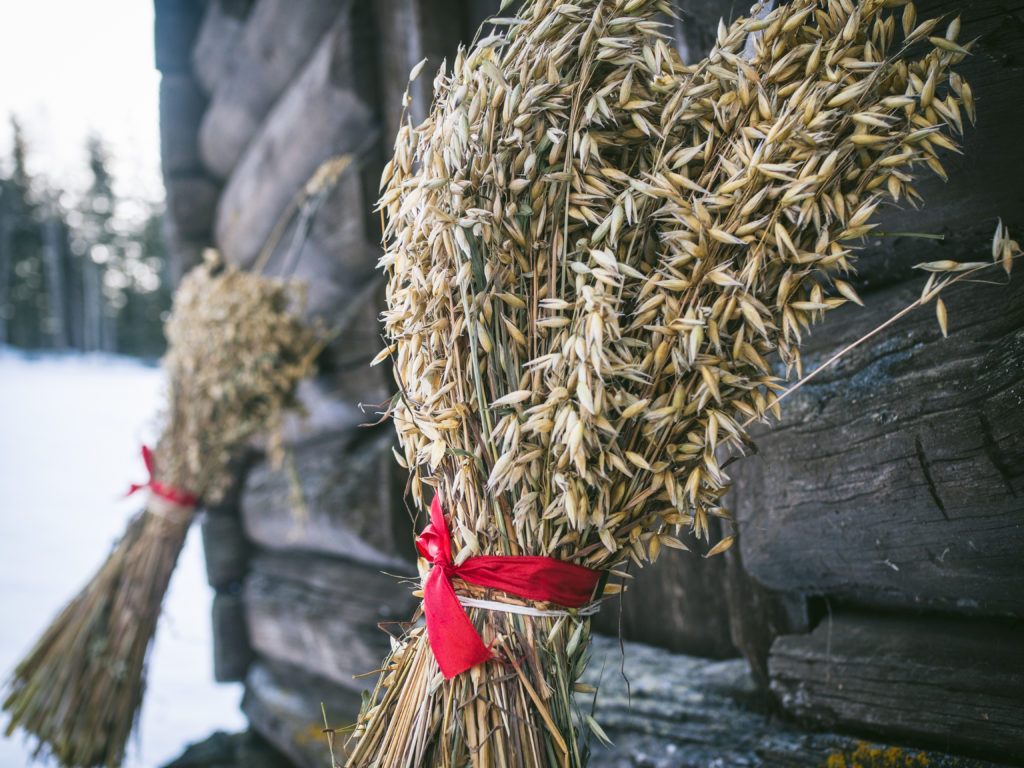
Eat a lussekatter on St Lucia Day
St. Lucia Day, luciadagen, falls on 13 December and is celebrated throughout Scandinavia. In Norway, the day is celebrated with a candle procession in the kindergartens and schools, which is led by one of the children dressed up as Lucia in a white dress with a wreath and candle on their head. The other children follow behind, dressed also in white robes and singing the song, “Santa Lucia”.
As the procession carries forward, the children hand out saffron buns to symbolize the light of Christianity throughout the darkness of the world. These saffron buns are a Swedish custom that have become a permanent baked-good tradition during the holiday season and lead up to Christmas. Get the recipe here.
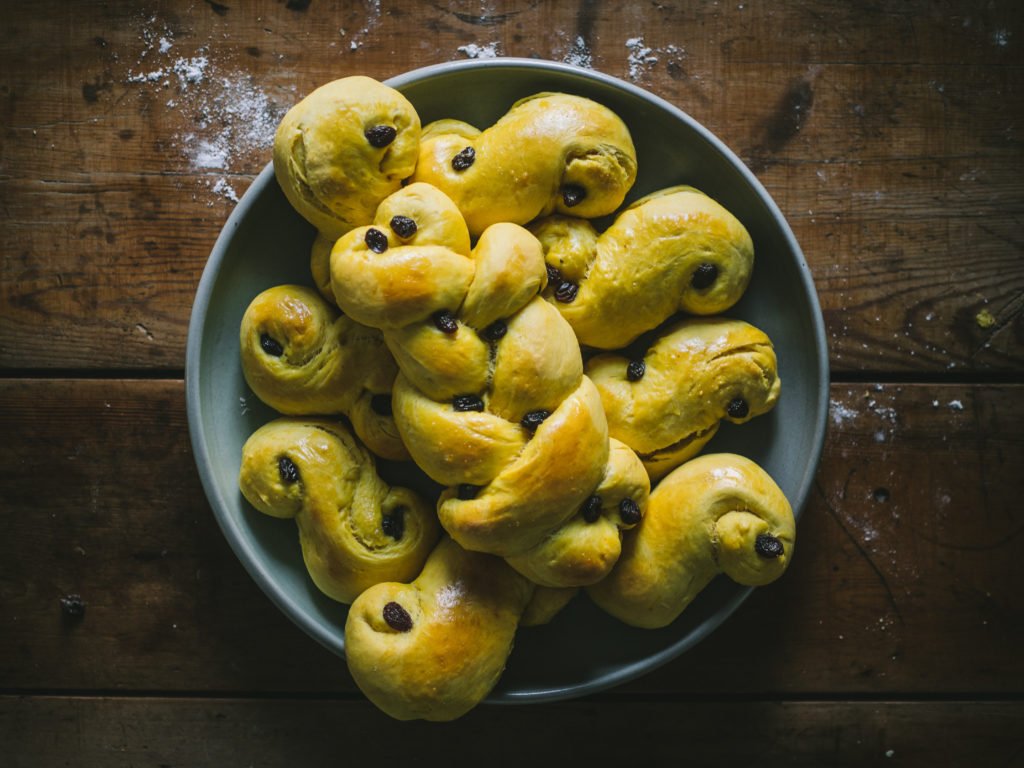
Drink a Christmas beer and a Christmas soda
Ah, ‘tis the season for juleøl “Christmas beer” and julebrus “Christmas soda”.
Brewing beer for jul in Norway has been a tradition since ancient times and was meant to be the best brew of the whole year. It was even mandatory for large farms to brew beer at this time and share with the neighbors or they could lose their land. In the last hundred years, however, the tradition of home and farm brewing has largely been taken over by commercial breweries. The traditional Christmas beer from the breweries was typically stronger with a higher alcohol content than the others. However, in the early 1900s, this strength of beer was banned from store and breweries began selling ones with lower-alcohol content. Today, you’ll find breweries all over Norway putting out their Christmas beer of the season.
For those not of the age to drink juleøl, many breweries began making julebrus, or Christmas soda. The sodas differ across the regions, but typically have a redish, golden or brownish color and a festive label to help them standout.
Fill your cookie tins with julekaker
What holiday season would be complete without an incredible variety of Christmas cookies and baked goods. In the 18th century, baked goods were made in bakeries and large farms since they had access to large ovens. There were no baked goods at that time that were being defined for the Christmas.
Later, in the 19th century, after the introduction of the household oven, baking became widespread. Following the Second World War, it appears there was an increase in baking specifically for the Christmas holiday season in Norway.
There are so many types of julekake, but some of the most popular are: pepperkaker, fattigman, krumkaker, sirupsnipper, goro, sandkaker, serinakaker, smultringer, berlinerskranser, brune pinne, rosettbakkels, hjortetakk.
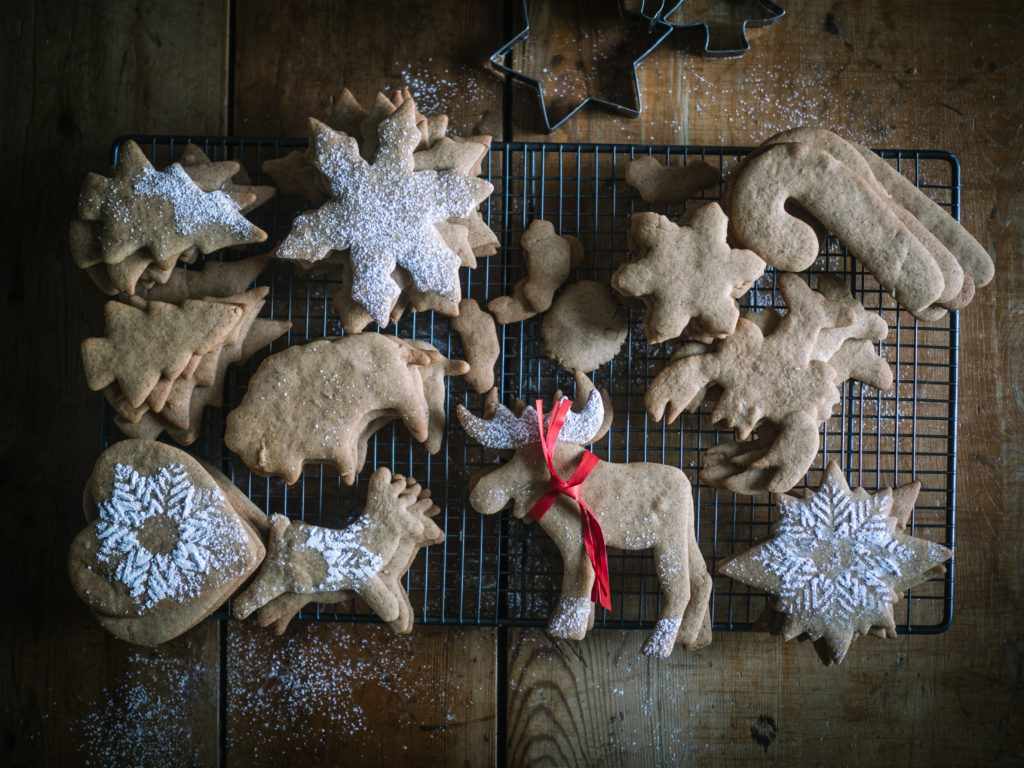
Don’t forget the fjøsnissen
Fjøsnissen or nissen is a mythological being from Nordic folklore. It’s strong and described as a small man, “no bigger than a horse’s head,” with a long beard wearing gray clothes and a red hat as most peasants wore in the old days. According to tradition, they always live near people and stay in farmhouses in which they act as guardians of those living there. A nisse could be useful on the farm, such as caring for the animals, especially if he received good food and drinks on Christmas Eve, such as a bowl of porridge. He could also be erratic and hurt or harm people and animals if he was not treated well. Today, nisser appear in Christmas tales, decorations, and cards. Santa Claus, known in Norwegian as julenisse, is himself a sort of nisse.
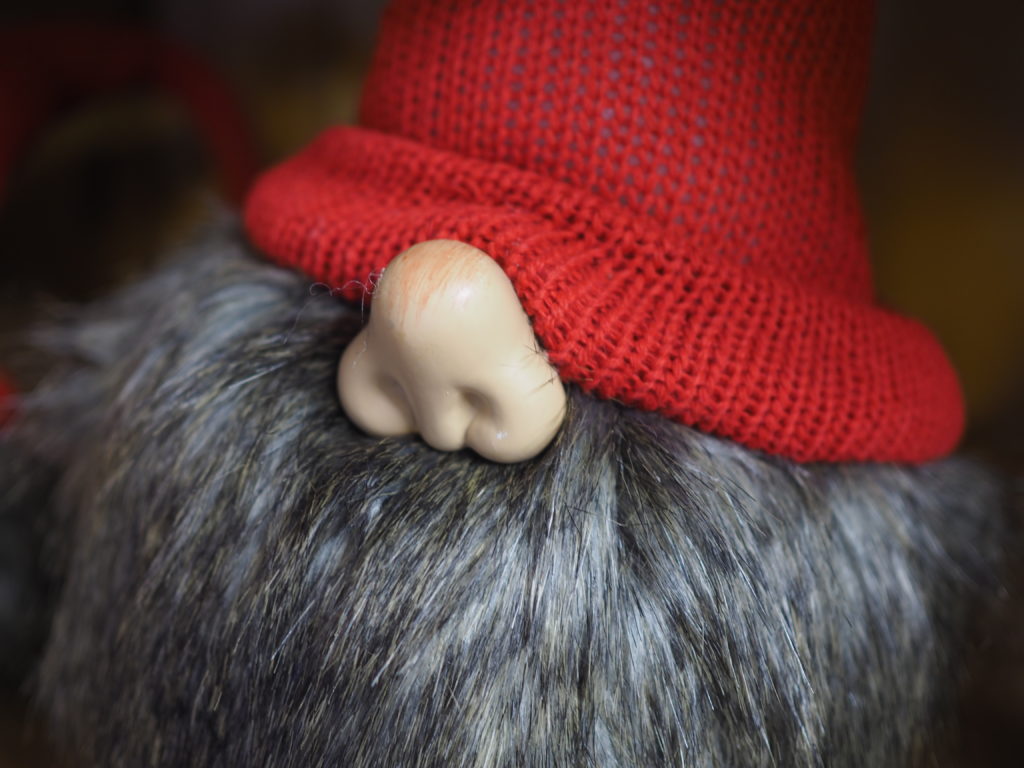
Decorate the house and put up the tree on the 23rd, lille julaften
The 23rd is the last day to get everything finished and ready by before Christmas Eve. While more and more Norwegians are decorating and setting up the tree earlier, there has been a long tradition to wash the house during the day and decorate/put up the tree in the evening of lille julaften. There might even be some hand holding as people walk around the tree singing Christmas songs.
Watch Dinner for One / Grevinnen og Hovmesteren
The British comedy, Dinner for One (known in Norwegian as Grevinnen og Hovmesteren), is a popular sketch that has been airing on Norwegian television every year in the evening of the 23rd since 1980. The sketch depicts the 90th birthday of Miss Sophie, who hosts a yearly dinner for her friends. She has outlived all of her friends, so her butler James impersonates and drinks on behalf of the guests. As he goes around the table, James gets noticeably drunk, and repeatedly asks Miss Sophie: “The same procedure as last year, Miss Sophie?” to which she responds: “The same procedure as every year, James!” Watch it here.
Remember loved ones
For many, it’s tradition to remember loved ones by visiting the graves in the middle of the day on Christmas Eve. Compared with the hustle and bustle of the other activities, lighting the candles on the graves is one of the most solemn and beautiful Christmas traditions. Whole families may join to lay wreaths and light candles as they pay their respects.
Find the almond in the porridge
Rice porridge “risengrynsgrøt” is often eaten for lunch on Christmas Eve or, for some, on Little Christmas Eve, the 23rd. Children affectionally refer to it as julegrøt “Christmas porridge”. Once all the bowls have been filled with porridge, an almond is hidden in one of them. Each person is served a bowl and whoever finds the almond wins and usually received the coveted pig made out of marzipan. Get the recipe here.
Any leftovers are then used to make riskrem, rice porridge blended together with whipped cream and sugar to make a fluffy pudding. It’s served with an incredibly vibrant red berry sauce.
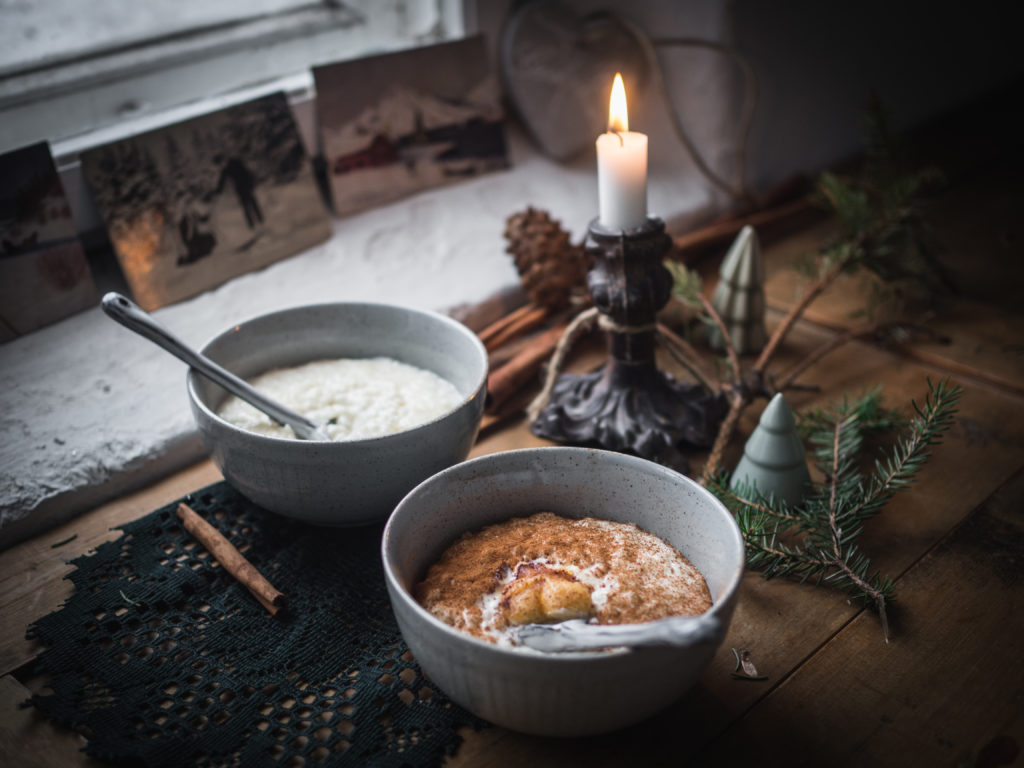
Listen to the bells ring in Christmas Eve
At 5:00 pm on Christmas Eve, the church bells ring announcing the official start of jul.
Eat traditional Christmas Eve dinner
The two most popular traditional Norwegian Christmas meals today are ribbe (pork belly) and pinnekjøtt (cured and dried lamb ribs). Ribbe is typically served with gravy, boiled potatoes, rødkål (sweet and soured red cabbage), surkål (sauerkraut), medisterkaker (pork meatballs) and pølser (sausages). Pinnekjøtt is served with kålrabistappe (mashed rutabaga), boiled potatoes, and pølser (sausages).
The longest-standing traditional meal in Norway is lutefisk (dried cod soaked in a solution of lye to rehydrate it). Lutefisk is served with fried bacon, ertestuing (stewed peas) and boiled potatoes.
In southern Norway, juletorsk (Christmas cod) served with sandefjordsmør (butter sauce), carrots and boiled potatoes was a common Christmas Eve dinner. Though ribbe and pinnekjøtt have become more common and replaced juletorsk, many people still serve it during the week between Christmas and New Year’s Eve.
Others also continue the older tradition of eating mølje, which is flatbread broken into a bowl with warm stock (either from meat or fish) poured over the top.
And one can’t forget to wash it all down with a glass of beer and/or a shot of aquavit.
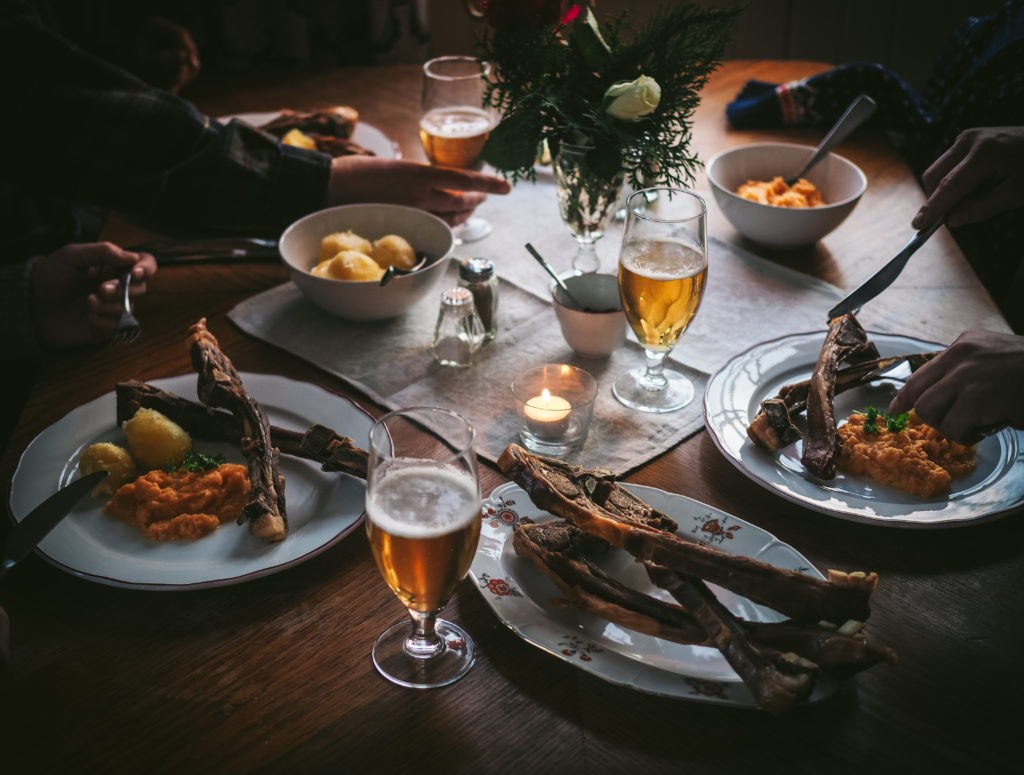
Go julebukk
“Å gå julebukk” (similar to trick-or-treating) is an older tradition of going door to door during the period between Christmas and New Year and singing Christmas songs in exchange for candy and cookies. It’s customary to dress up where neighbors try to guess who is under the disguise, and is open to both children and adults. The origins have many roots, and the julebukk (Christmas goat) is also a common decoration that is made of straw and tied with a red ribbon.
Relax and socialize during romjulen
Romjulen is the time between Christmas and New Year’s Eve. Shops are usually closed or have limited opening hours, so many people spend their days visiting friends and family and relaxing.
Head outdoors
Winter is an ideal time to enjoy the outdoors. Norwegians will take every opportunity to go skiing or sledding and make the most out of the short days. In typical fashion, pack along some hot chocolate, coffee, mandarin oranges and julekaker or snacks.
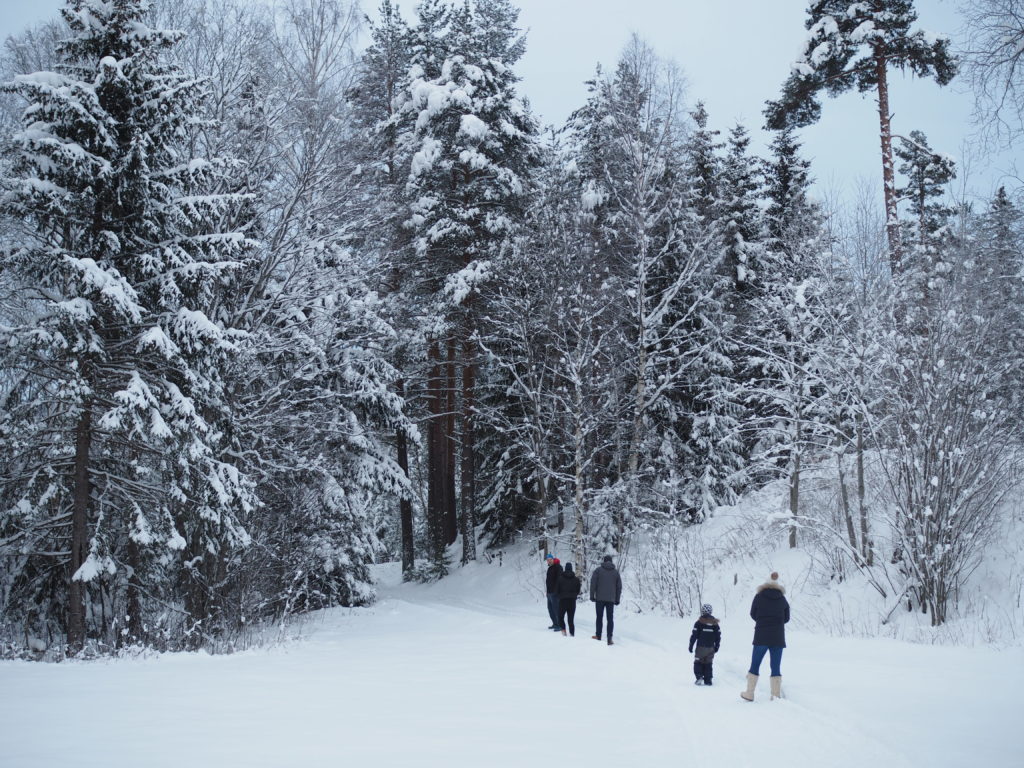
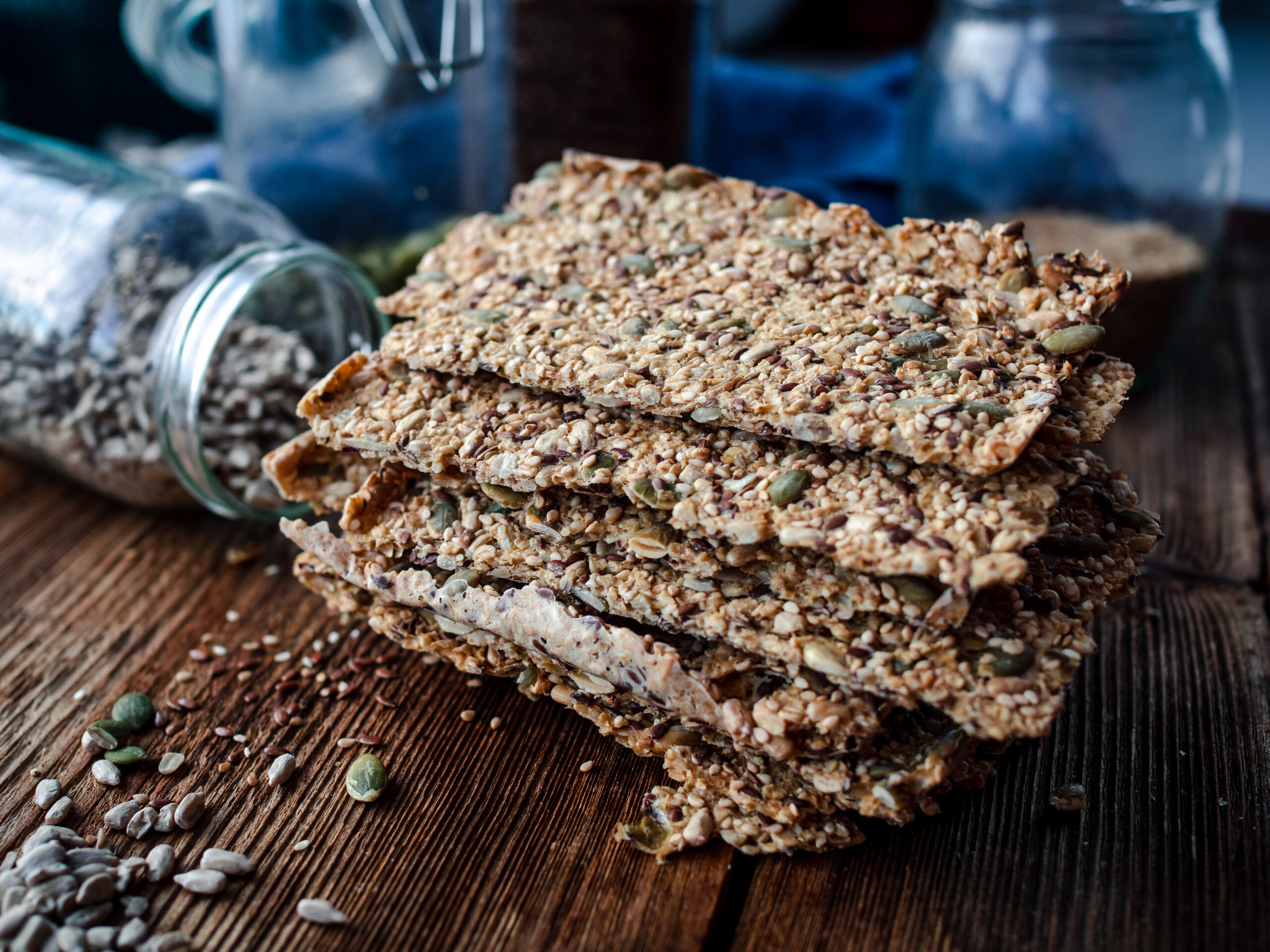
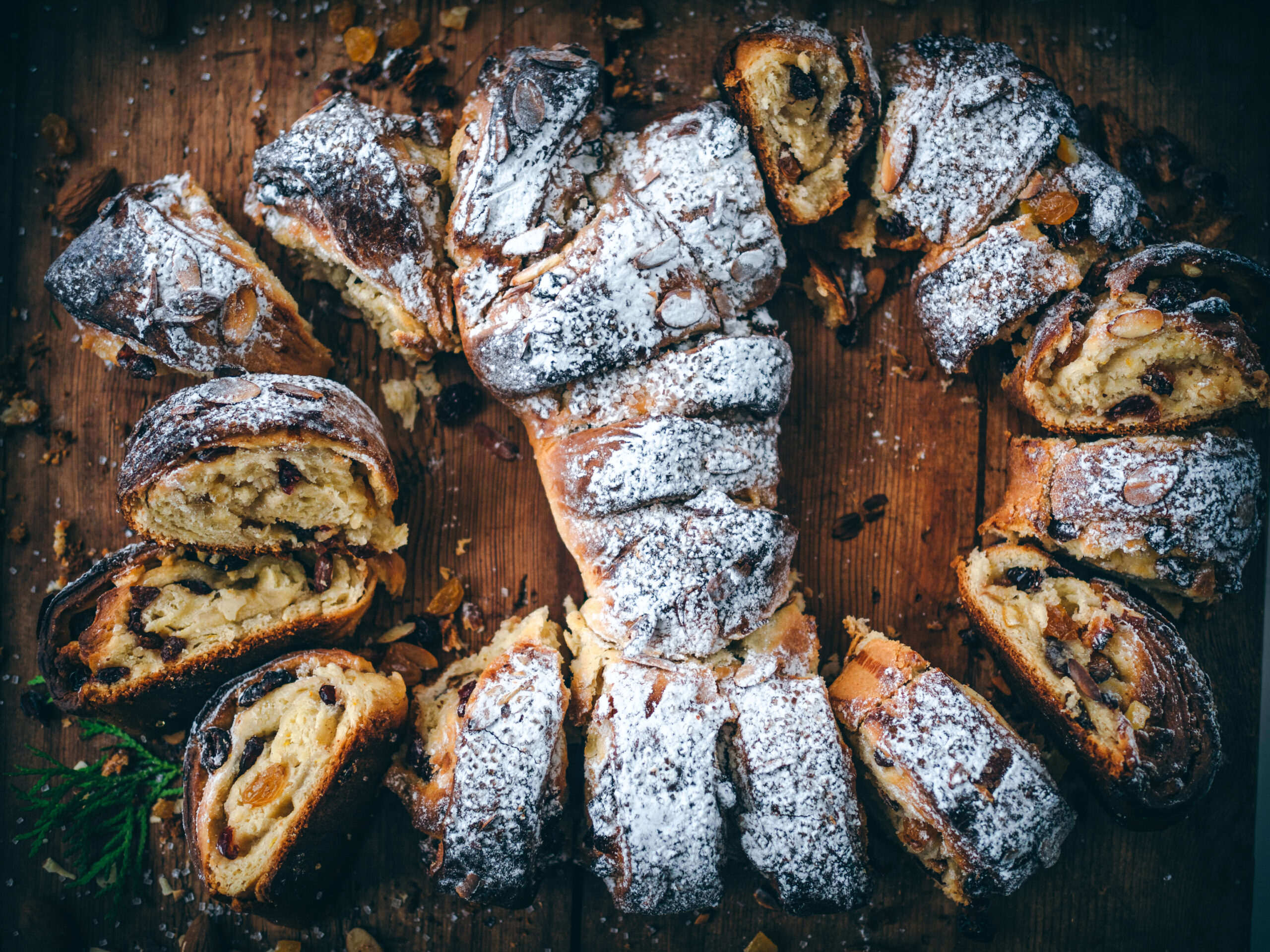
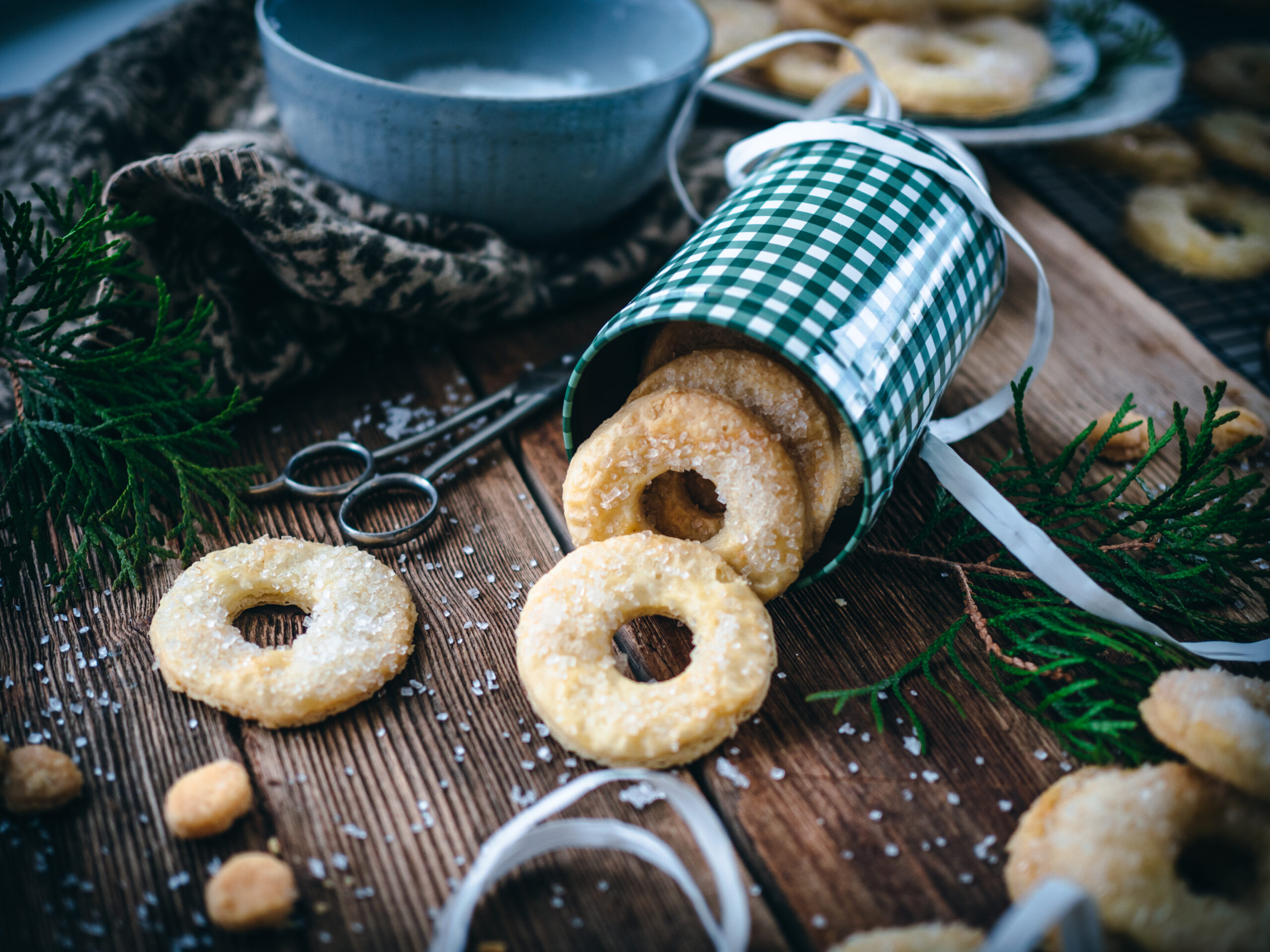
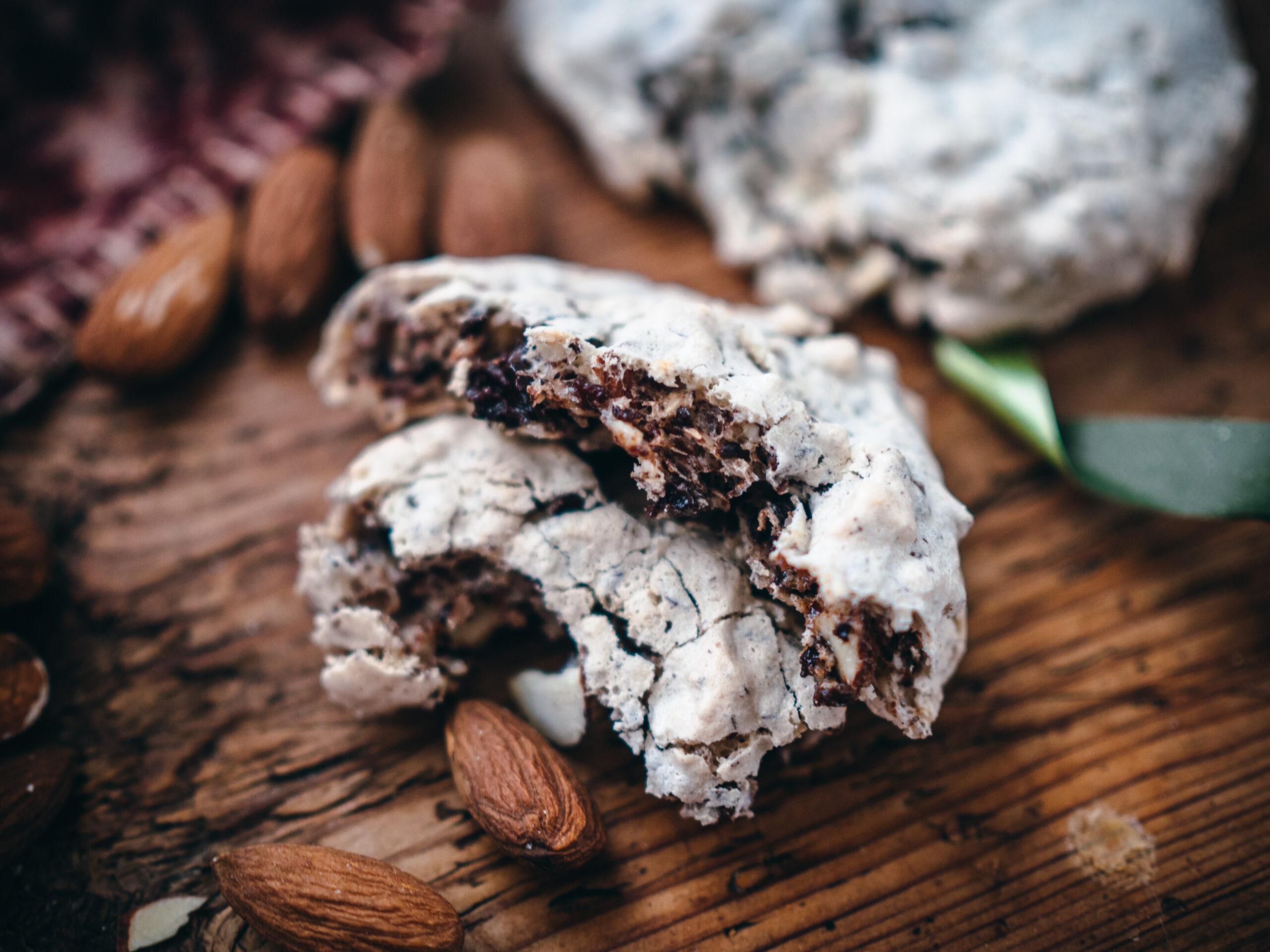
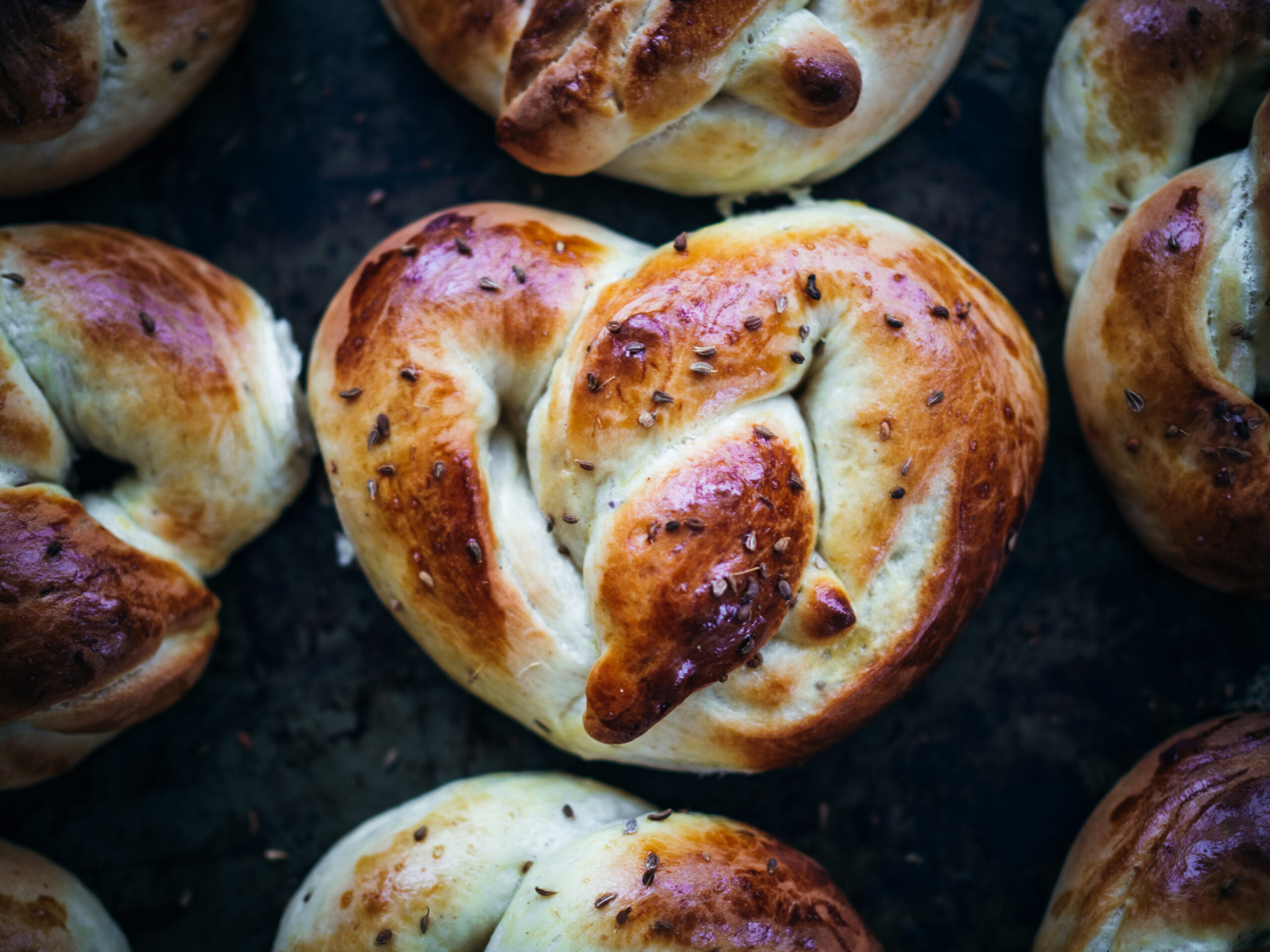
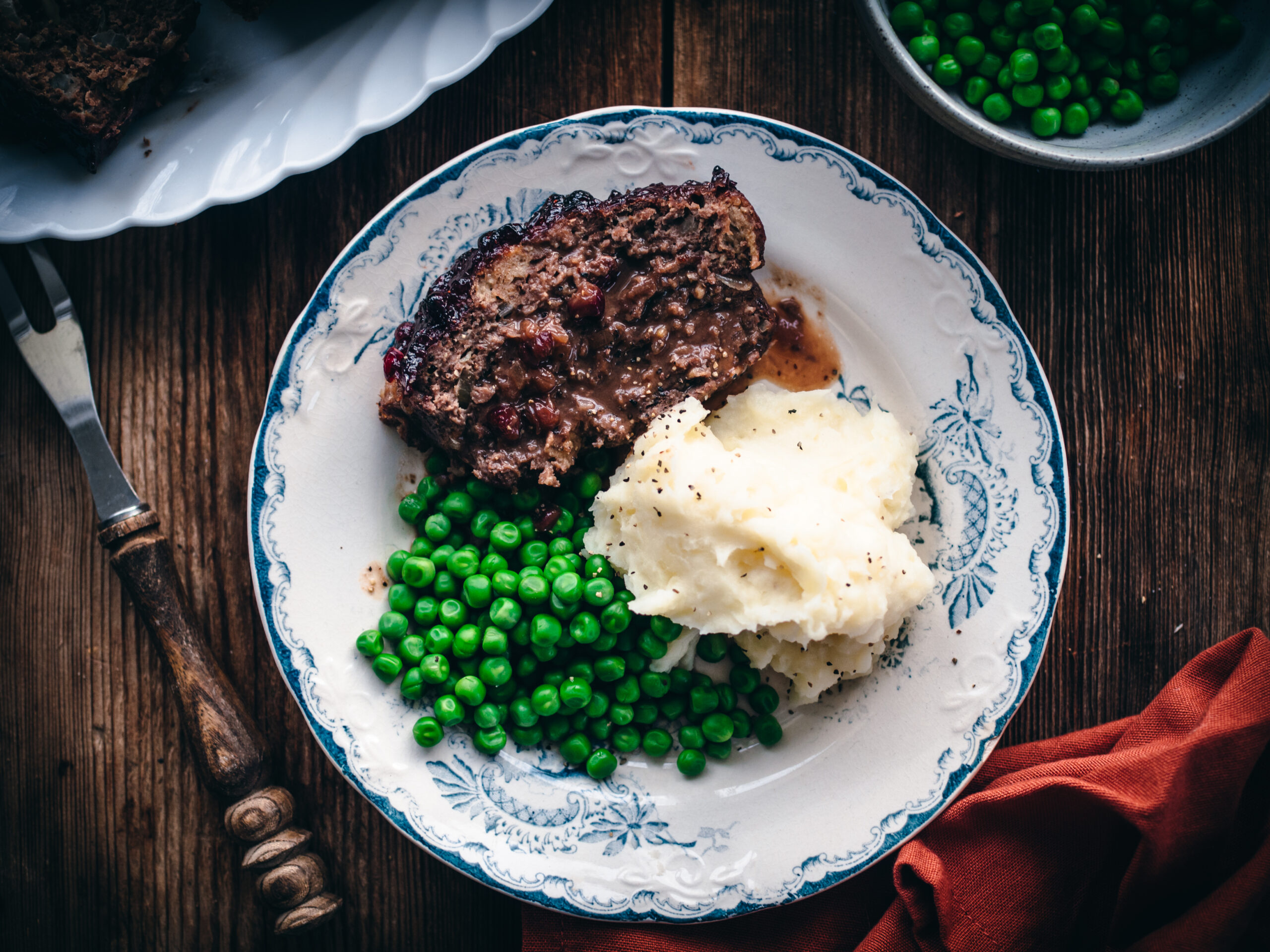
I think you have got the most of it! Impressive! God jul 🎄
God jul!
I love you blog…I too am part Norwegian. My Grandfather came from Tjome…I share your blog regularly on Facebook…will try some of these recipes. Have to find a way to find the brown cheese!
Merry Chridstmas!
Thanks, Janet! Wishing you a wonderful holiday season!
The Ski Queen, half goat/half cow milk, is quite easy to find these days. Look in the fine cheese section. A little cube of goat cheese, 2.5″ x 2.5″ x 2.25″ is around $8.
I am truly enjoying this article, and have jotted down many of your recipes. They are authentic. Thank you!
Another funny notice, is that if the temperatures rise before Christmas, it is blamed on all the cookie baking!
Fjøs Nisse is my favorite. He lives in the barn, and protects the livestock during the cold winter months. If you forget to but a large pad of butter on the porridge, he will retaliate.
Thank you, Shawneea! I chuckled at the cookie baking joke! 🙂
Great article on Norwegian Christmas traditions. Enjoyed reading it several times. Thank you.
Thank you, Connie!
I’ve just stumbled on your article. So interesting. Our Norwegian family has only shared a couple of these traditions with us. I’m looking forward to spending a month with them some time during December!!!